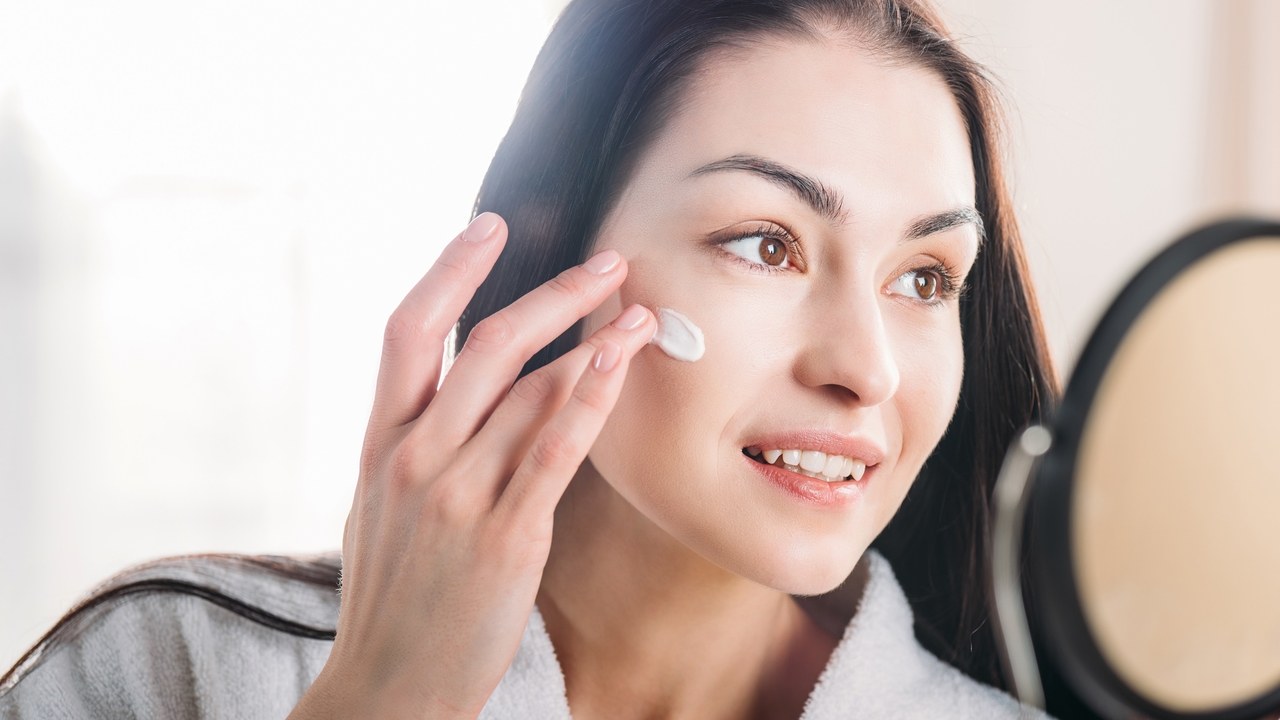Acne, sun, surgeries, wounds and many more. Those are the reasons why unaesthetic marks, difficult to remove, are left on our skin. Fortunately, the present-day medicine and cosmetology are able to help us deal with such problems that consider not only our looks but also negatively affect our confidence. They offer a range of preparations and treatments to get rid of all imperfections.
How are scars formed?
Every wound or incision, even the smallest one, will leave a mark on the skin. Depending on its size, depth and type, it can be more or less visible, it can be concave or convex or have different colours. Right after the skin being injured, our body begins the natural process of regeneration. It removes damaged tissue and activates new cells that produce collagen fibres. This way, every wound heals much faster. The entire process takes about a year. Its length and effectiveness are determined by external factors (mainly UV radiation), infections and genetics.
Scars – let’s take a look at their types
The method of healing depends on where they are, their appearance and age. The scars that are easily healed occur on the parts of the body that are not exposed to stretching: thighs, forearms, face. Much harder to heal are scars on the knees, back and shoulders.
What kind of scars can we distinguish? The basic division includes hypertrophic and atrophic scarring. Atrophic scar appears when tissue healing disturbances occur. They take the form of a sunken recess in the skin. Scars are red, hard and bold. They appear within a several or so weeks after the skin damage. If they cause pain and itching, they can turn into a keloid. The latter, grow in an uncontrolled way and go beyond the area of the wound. They appear most commonly on the ears. Scars can also be divided accordingly to their shape. So we have: U-shaped scars with soft edges, squares and scars resembling ice crushers.
How to heal scars?
In some cases, a surgery might be required. If scarring makes walking, hand movement, eye opening, or even talking difficult, then the surgery will be necessary. Scars are removed surgically also when they are a threat to our health, can lead to ulcers or simply for aesthetic reasons.
Are there any other methods of removing scars? Yes, of course. Those are the most popular ones:
- Treating a new scar. To avoid over-drying of the affected skin, fresh scars should be moisturised, protected from UV rays and irritations. Good results will be gained thanks to a silicone ointment or … extract of onions (this ingredient can be found in the popular Cepan ointment). A massage and several months of treatment with medicines and specific cosmetics will bring equally brilliant results.
- Acids and Plasma. These substances are also excellent. Acids and plasma reduce the visibility of the scar, brighten and soften it. Hyaluronic acid, azelaic acid, kojic acid and glycolic acid are most commonly used. In aesthetic medicine, the dermatologist will choose an acid of specific concentration that can cope with the affected area.
- Laser. This is one of the most effective methods of scar treatment. The best result is CO2 laser treatment. The device makes microscopic perforations in the skin, thanks to which the skin regenerates. The first effects should be seen after performing about five treatments, four to six weeks apart.



Leave a Reply